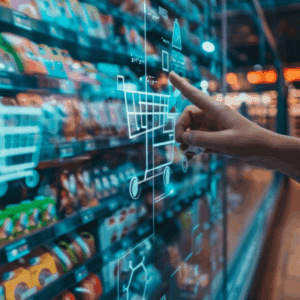The retail experience, regardless of channel, is now largely driven by the merchant’s analysis and interpretation of consumer data. What this data is saying is that retailers now must further embrace digital technologies to create the best experience for the consumer across all channels.
A survey from Forrester and RetailNext revealed that there are four key elements in play:
-
Physical retail is as present as ever, but is increasingly influenced by digital;
-
Retailers still don’t prioritize what matters most out of a shopping experience, including consistent pricing and the ability to make returns anywhere;
-
The store associate’s role is evolving;
-
Retailers are still struggling to measure shopper behavior, particularly in the store.
When it comes down to it, consumers still want to experience the touch and feel of items in a brick-and-mortar store: only 15% prefer to purchase most items exclusively online. However, digital shopping offers significant advantages: 47% of consumers feel that one of the top reasons for shopping online is the ability to compare products and prices easily. This indicates that the mobile experience must be heavily integrated with store shopping in order to satisfy consumer needs, and more importantly, create a consistent experience across all channels.
However, none of this can be accomplished without further understanding of consumer behavior. The struggle in understanding these shoppers comes from an inability to integrate data gathered from online and offline.
Just 33% of retailers report that they always measure conversion rates, which is concerning given the fact that this is the most frequently used metric of all.
The report gave three recommendations to retailers that are missing the mark when it comes to delivering exceptional shopping experiences and transforming the in-store environment:
-
Rethink what makes for exceptional in-store experiences, particularly from the service aspect of the store. Retailers can implement more in-store analytics technologies to gather which services make the most sense for their locations.
-
Operate in real time, allowing store managers and associates to offer more relevant services in real time that are individualized and contextual based on holistic shopping behavior.
-
Implement new KPIs to measure store performance. These must be measured in real time by associates so they can properly gauge what consumers need during their time at the store.













